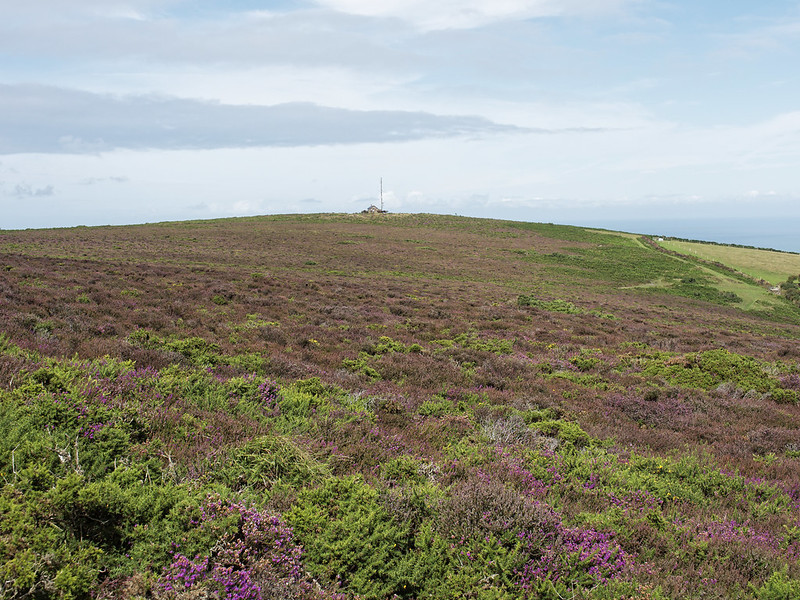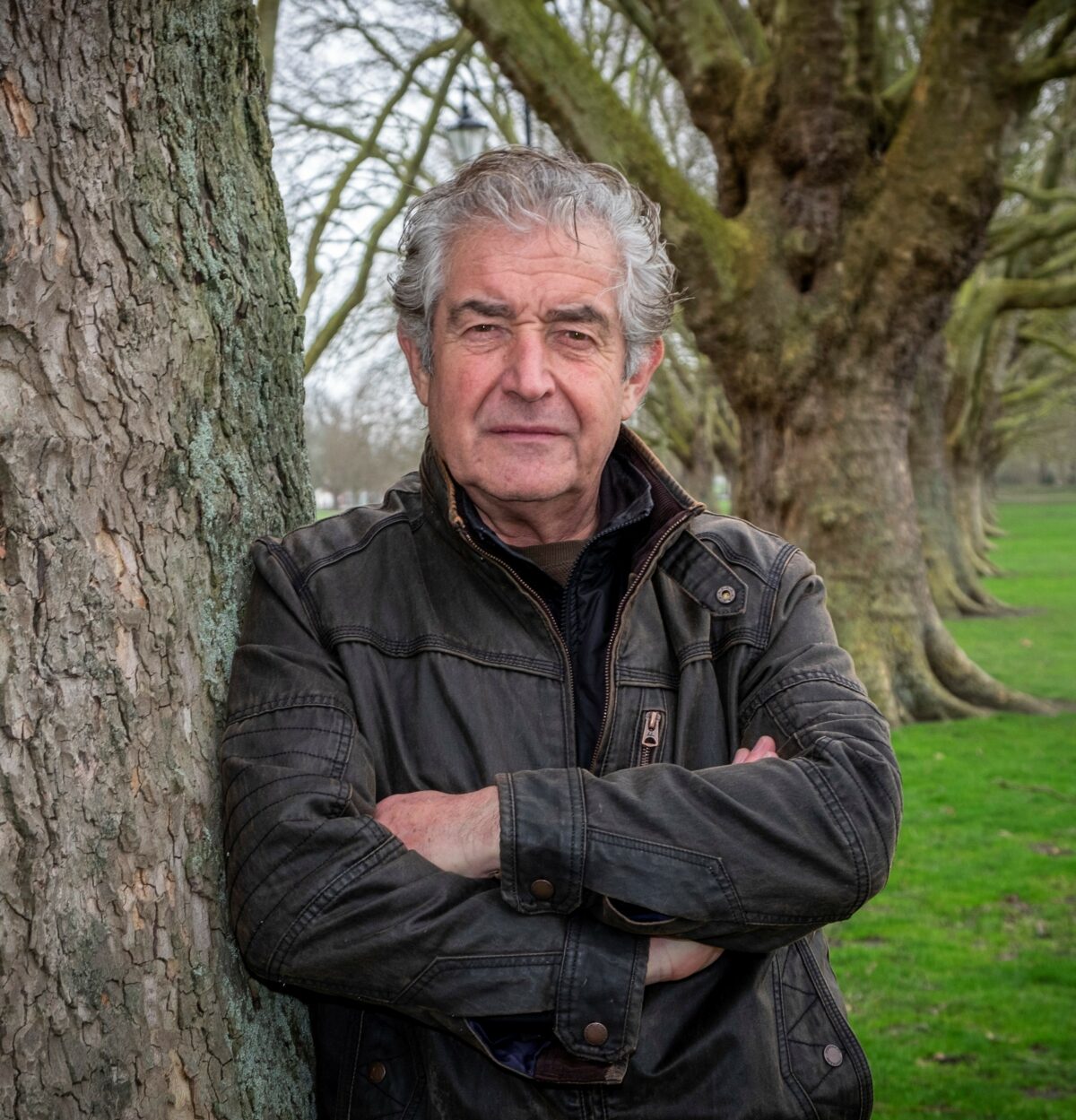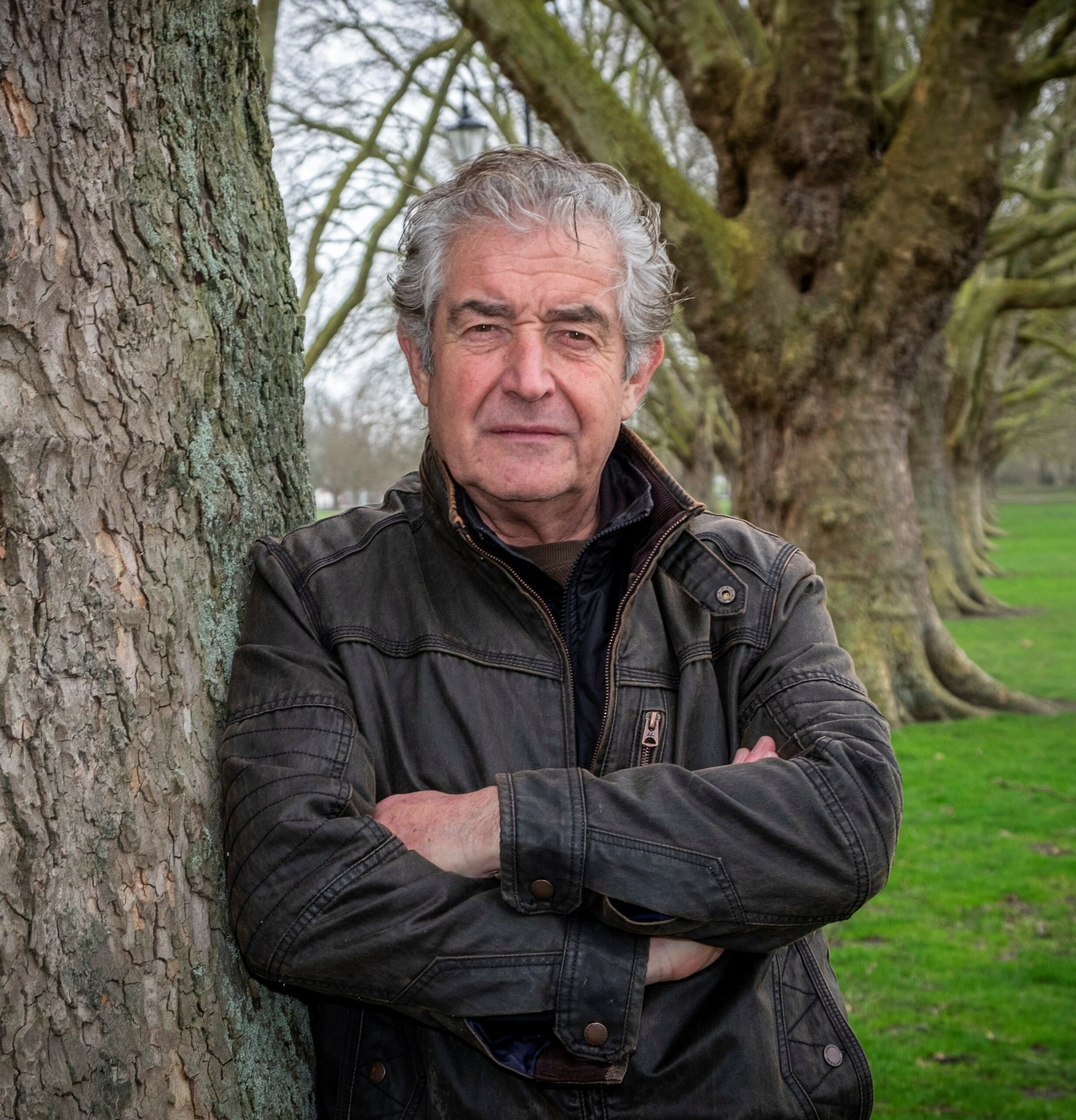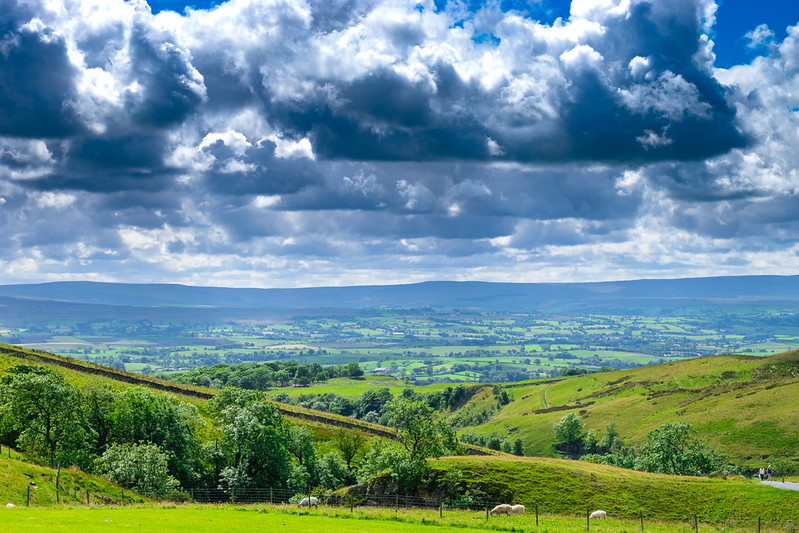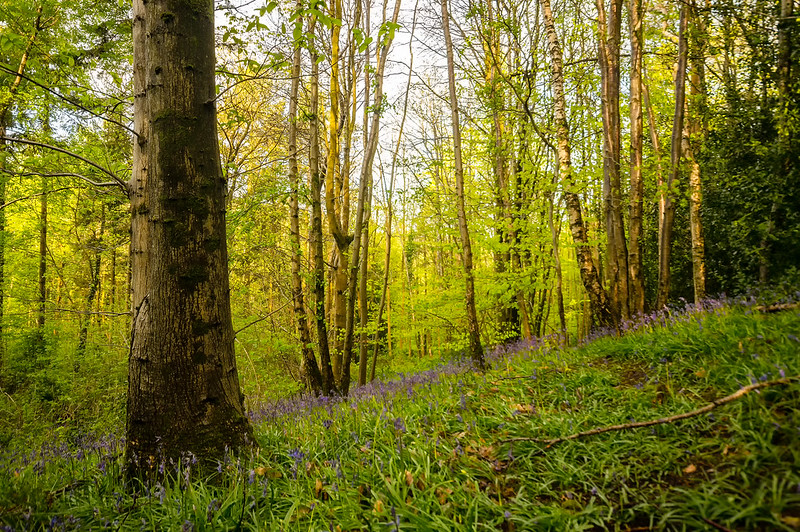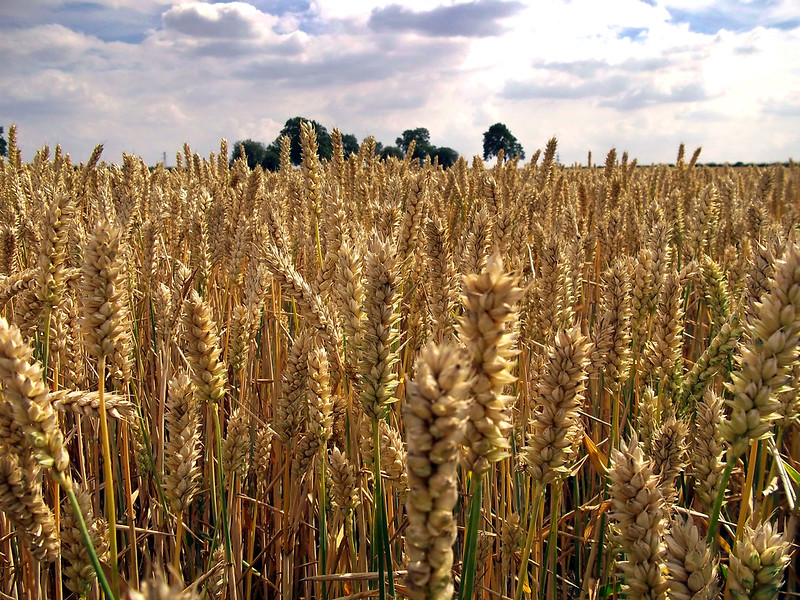CHASING’s range of underwater drones (also known as Remotely Operated Underwater Vehicles – ROUVs) includes high-end consumer and heavy duty industrial-grade models. The drones capture high resolution underwater images and video, allowing unobtrusive, accessible monitoring, surveying or exploration of aquatic spaces. With technological applications ranging from reef monitoring and marine ecological assessments to aquacultural inspection and general exploration, these innovative devices are a powerful tool for efficient data collection and observation.
Underwater drones can alleviate health and safety concerns, save time, money, resources and the need for specialist personnel. By providing high-resolution imagery and precise manoeuvrability, this technology allows for the safe, efficient observation and sampling of aquatic environments whilst minimising harm or disturbance.
In this blog, we introduce you to CHASING’s underwater drones – the Gladius Mini S, the M2 S, M2 PRO and the M2 PRO MAX.

Consumer Models
Gladius Mini S
 The Gladius Mini S is a highly portable consumer-grade drone for underwater exploration. Quick to deploy, with a maximum operating time of around four hours, the Gladius Mini S requires little preparation to get started and can be operated by one person– simply attach the tether, controller and accessories, and connect your mobile phone to the CHASING app. The Gladius can operate in temperatures between –10 and +45°C, and at depths up to 100m. High-quality video and still images are captured with the 4K image stabilised camera and powerful integrated lights, producing excellent underwater imagery. The Gladius Mini S has one mounting point, which can support accessories such as the grabber claw and underwater GoPro mount.
The Gladius Mini S is a highly portable consumer-grade drone for underwater exploration. Quick to deploy, with a maximum operating time of around four hours, the Gladius Mini S requires little preparation to get started and can be operated by one person– simply attach the tether, controller and accessories, and connect your mobile phone to the CHASING app. The Gladius can operate in temperatures between –10 and +45°C, and at depths up to 100m. High-quality video and still images are captured with the 4K image stabilised camera and powerful integrated lights, producing excellent underwater imagery. The Gladius Mini S has one mounting point, which can support accessories such as the grabber claw and underwater GoPro mount.
The Gladius Mini S is available in four packs: Standard pack with a 100m tether, Standard pack with a 200m tether, Flash pack containing grabber claw B and a 100m tether, and a Flash pack containing grabber claw B and a 200m tether.
- An upper-end consumer-grade drone
- 100m max operating depth
- Five thrusters
- 100m or 200m tether included (dependant on package)
- One mounting point
We also recently tested the Gladius Mini S in Plymouth Sound, watch our short video to see it in action.
Industrial Models
Alongside the consumer model, there are a number of industrial-grade drones that are better suited for larger scale projects – the CHASING M2 S, M2 PRO and the M2 PRO MAX. The main advantage of these models is the use of interchangeable batteries, additional accessories and an increased tether length for longer sessions. Each industrial model benefits from a 4K camera, up to 4 hours run time, 150° field of view, e-reel compatibility, and powerful vectored thrusters allowing for precise movement. Here, we explore these models a little further, outlining the differences between each drone and their benefits.
Find a summary of the M2 series specifications below:

CHASING M2 S
 Marking the first step up from consumer models, the CHASING M2 S benefits from eight thrusters for maximum stability and a high response speed. The unit features multiple accessory ports that are suitable for grabber arms, distance lock sonars, laser scalers and floodlights, as well as third-party accessories such as GoPro cameras. With the ability to swap batteries, and a greater range of compatible accessories, the M2 S is equipped for longer sessions with increased capabilities. An upgraded colour restoration algorithm improves the image transparency, clarity, colour, layering and noise on the M2 S, and live feed can be streamed onto multiple devices.
Marking the first step up from consumer models, the CHASING M2 S benefits from eight thrusters for maximum stability and a high response speed. The unit features multiple accessory ports that are suitable for grabber arms, distance lock sonars, laser scalers and floodlights, as well as third-party accessories such as GoPro cameras. With the ability to swap batteries, and a greater range of compatible accessories, the M2 S is equipped for longer sessions with increased capabilities. An upgraded colour restoration algorithm improves the image transparency, clarity, colour, layering and noise on the M2 S, and live feed can be streamed onto multiple devices.
This model is available in three packages, each with varied tether lengths, accessories and spare parts.
- An entry-level industrial drone
- 100m max operating depth
- 8 thrusters
- 200m tether included
- One mounting point
- More compatible accessories than consumer models*
*To view the full range of compatible accessories please see the above table.
CHASING M2 PRO
 The M2 PRO has an increased operating depth and is compatible with more accessories than previous models. It is the first model that is compatible with the Shore-based Power Supply System (SPSS), allowing for unrestricted power supply to enable 24/7 operation. It is also the first to accommodate the control console – a professional platform designed to control the drone, AC power, external lights and other accessories. The M2 PRO can operate at depths of 150m and is designed to house larger batteries to accommodate an increase in drone size and accessory power.
The M2 PRO has an increased operating depth and is compatible with more accessories than previous models. It is the first model that is compatible with the Shore-based Power Supply System (SPSS), allowing for unrestricted power supply to enable 24/7 operation. It is also the first to accommodate the control console – a professional platform designed to control the drone, AC power, external lights and other accessories. The M2 PRO can operate at depths of 150m and is designed to house larger batteries to accommodate an increase in drone size and accessory power.
The M2 PRO is available in two packages: Professional and Advanced.
- A mid-range industrial drone
- 150m max operating depth
- 8 thrusters
- 200m tether included
- One mounting point
- Compatible with the Shore-based Power Supply System and the control console
- An increased range of compatible accessories
CHASING M2 PRO MAX
 The M2 PRO MAX is the most advanced model in our CHASING range, presenting a top-of-the-line industrial drone for NGO’s, researchers, government bodies and enterprise users. This upper-level model has five mounting points to attach an assortment of around 20 compatible accessories, including water samplers, sonar and sediment samplers. Eight powerful thrusters propel this drone to depths of up to 200m with 360° movement. For improved image clarity, the M2 PRO MAX has offset LED’s, helping to solve interference by the reflection of matter in front of the camera lens.
The M2 PRO MAX is the most advanced model in our CHASING range, presenting a top-of-the-line industrial drone for NGO’s, researchers, government bodies and enterprise users. This upper-level model has five mounting points to attach an assortment of around 20 compatible accessories, including water samplers, sonar and sediment samplers. Eight powerful thrusters propel this drone to depths of up to 200m with 360° movement. For improved image clarity, the M2 PRO MAX has offset LED’s, helping to solve interference by the reflection of matter in front of the camera lens.
The M2 Pro Max is available in two packages: Professional and Advanced.
- Top-of-the-line industrial drone
- 200m max operating depth
- Eight thrusters
- 200m tether included
- Five mounting points
- Compatible with the Shore-based Power Supply System and the control console
- Over 20 compatible accessories
Applications

Underwater drones, or ROUVs, provide an alternative, accessible tool for ecological and scientific research. Their applications extend far beyond observation, enabling researchers to conduct detailed ecosystem health evaluations, monitor invasive or threatened species, and perform habitat inspections – all with the capability to collect samples for off-site analysis. From assessing the source of underwater pollution, to conducting biodiversity surveys, these drones provide high-resolution imagery and real-time data, facilitating well-evidenced conservation action. Their ability to perform targeted water and physical sampling allows for detailed analysis of aquatic environments, which can reveal insights into aquatic biodiversity and ecosystem health.
Outside of its ecological applications, this technology has potential in search and rescue operations, item recovery, hull and dock inspection and energy facility inspection.
Find the CHASING range and accessories on the NHBS website here. Check out our latest YouTube video of the Gladius Mini S in action here.
If you have any questions about our range or would like some advice on the right product for you then please contact us via email at customer.services@nhbs.com or phone on 01803 865913.


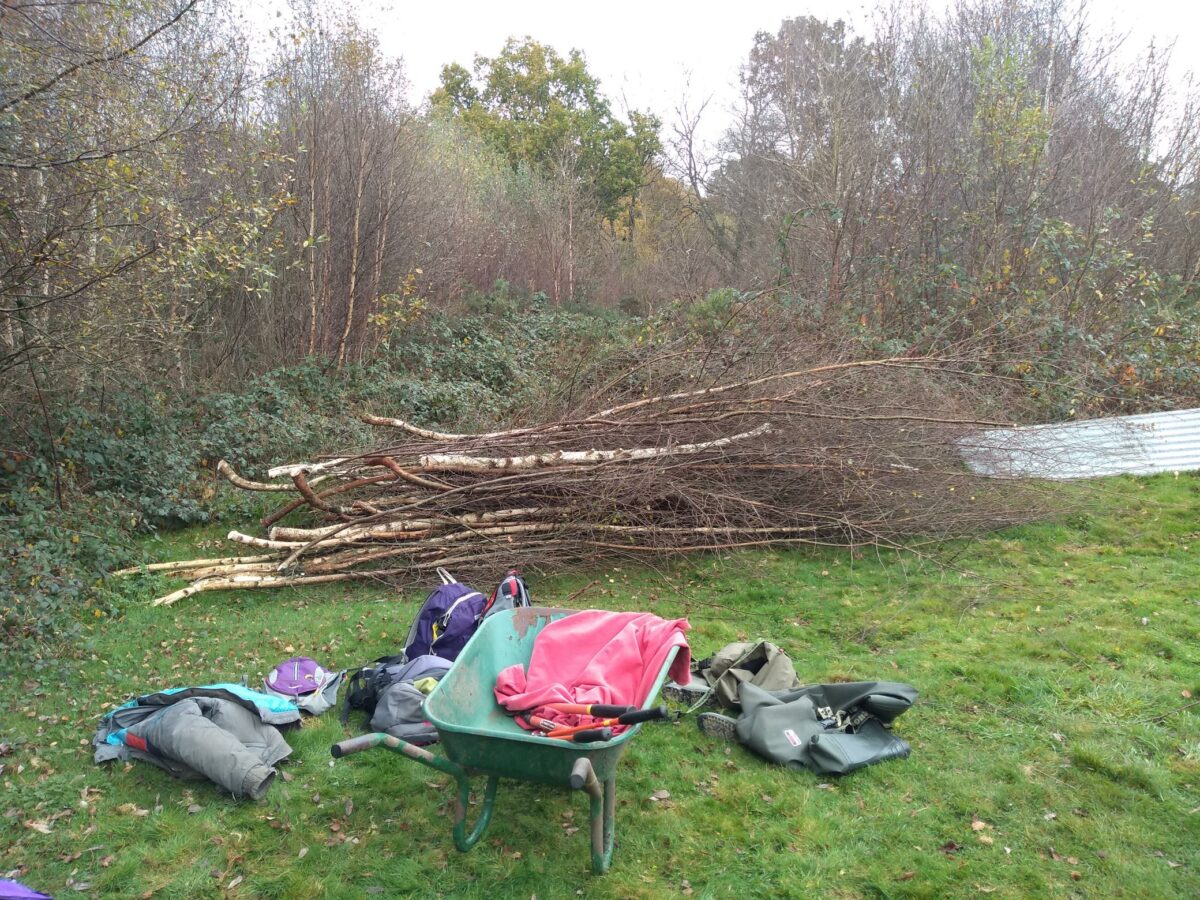
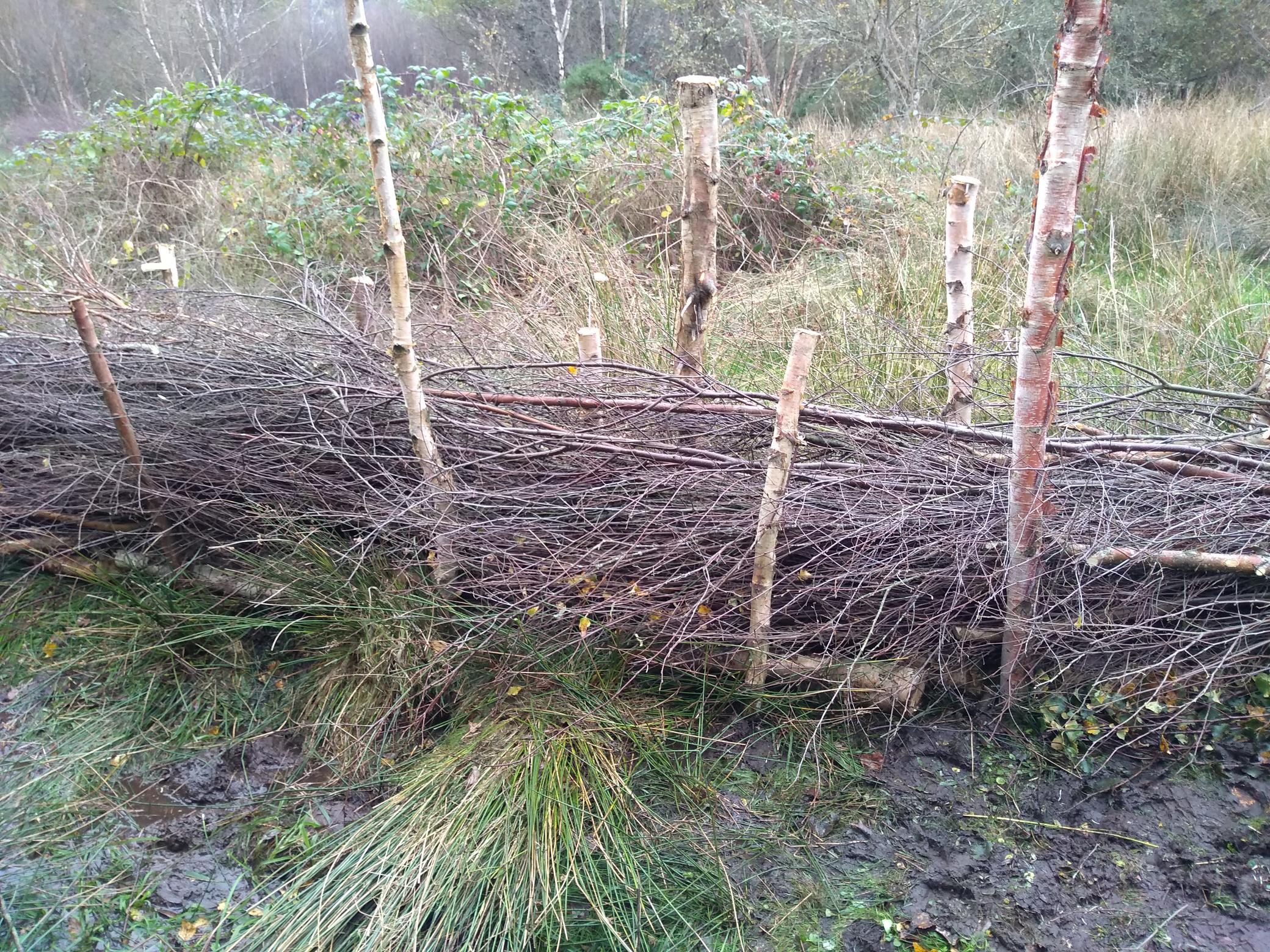
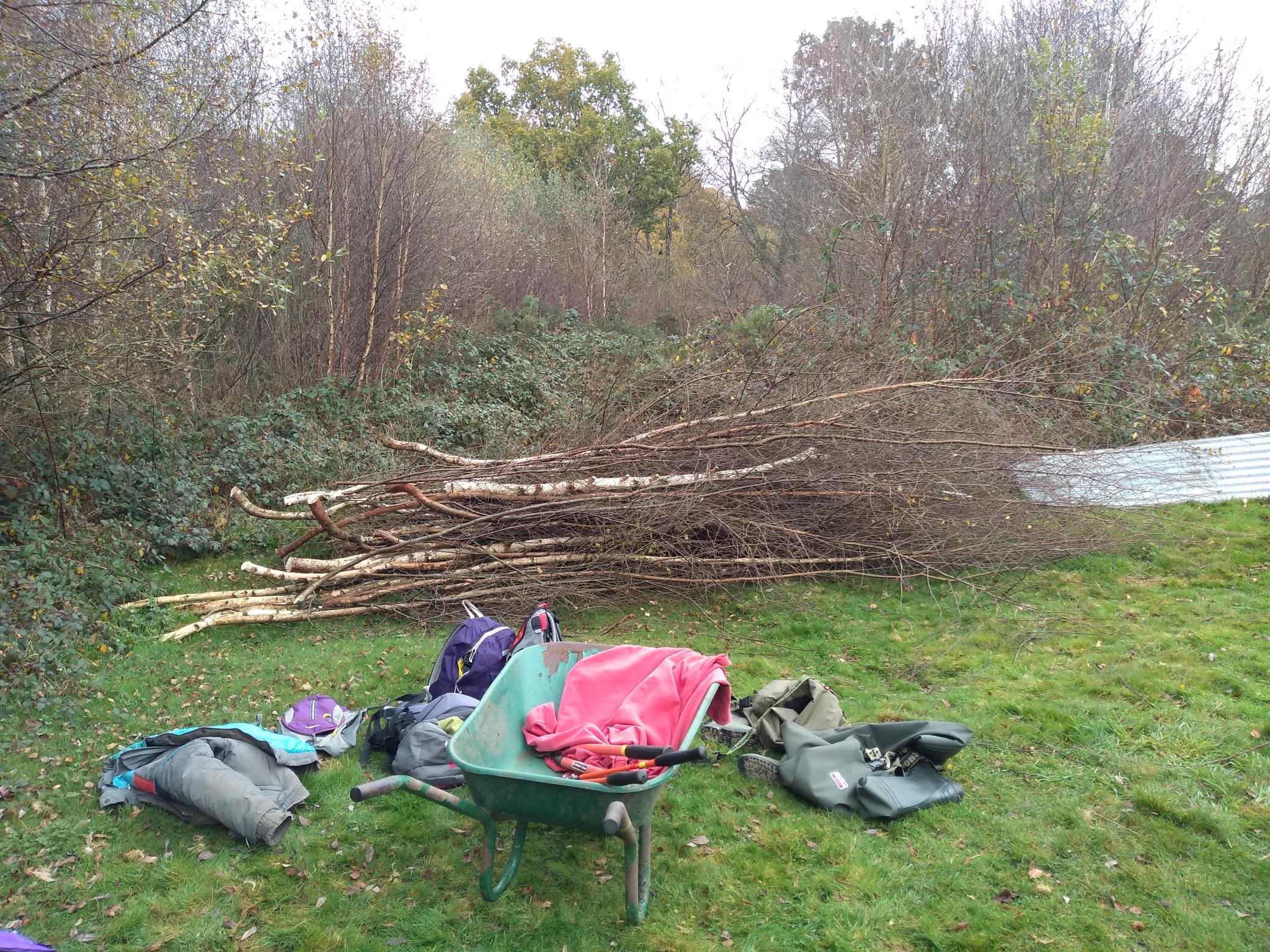
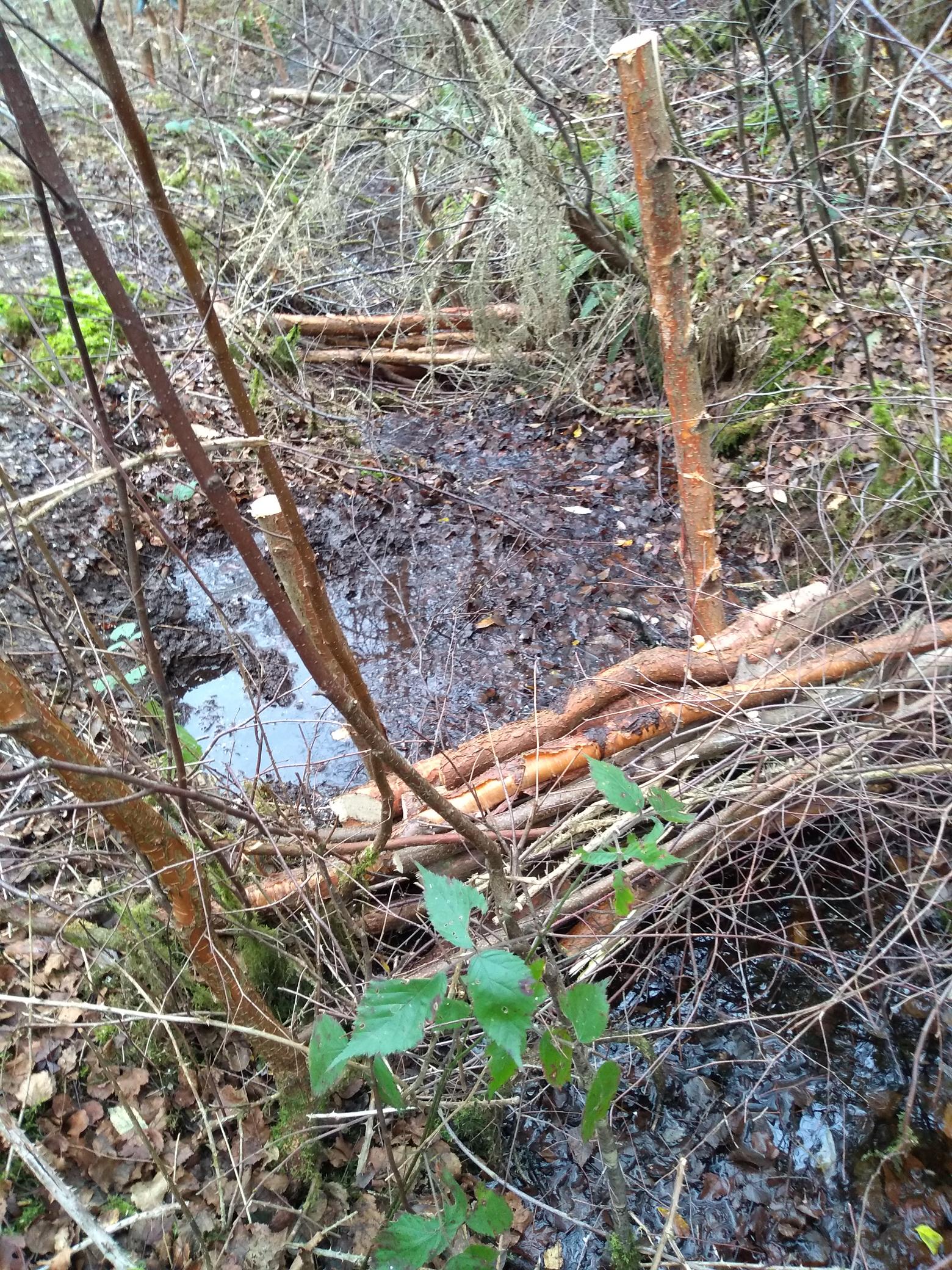
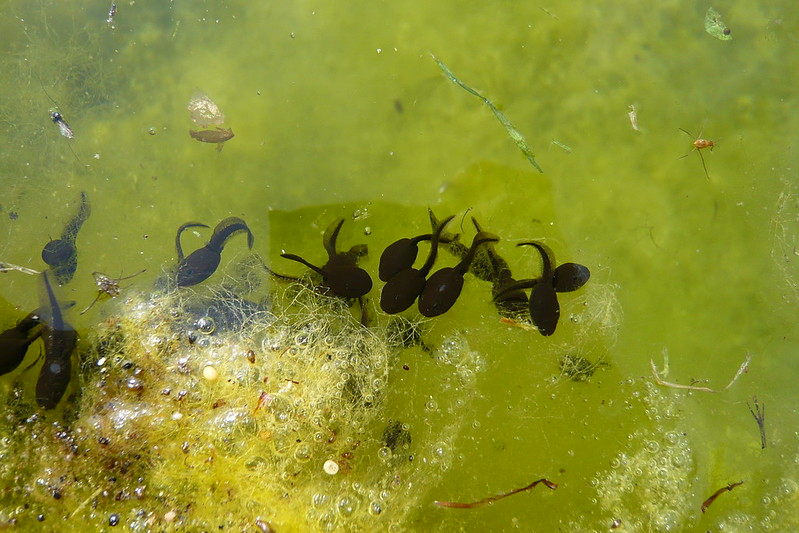
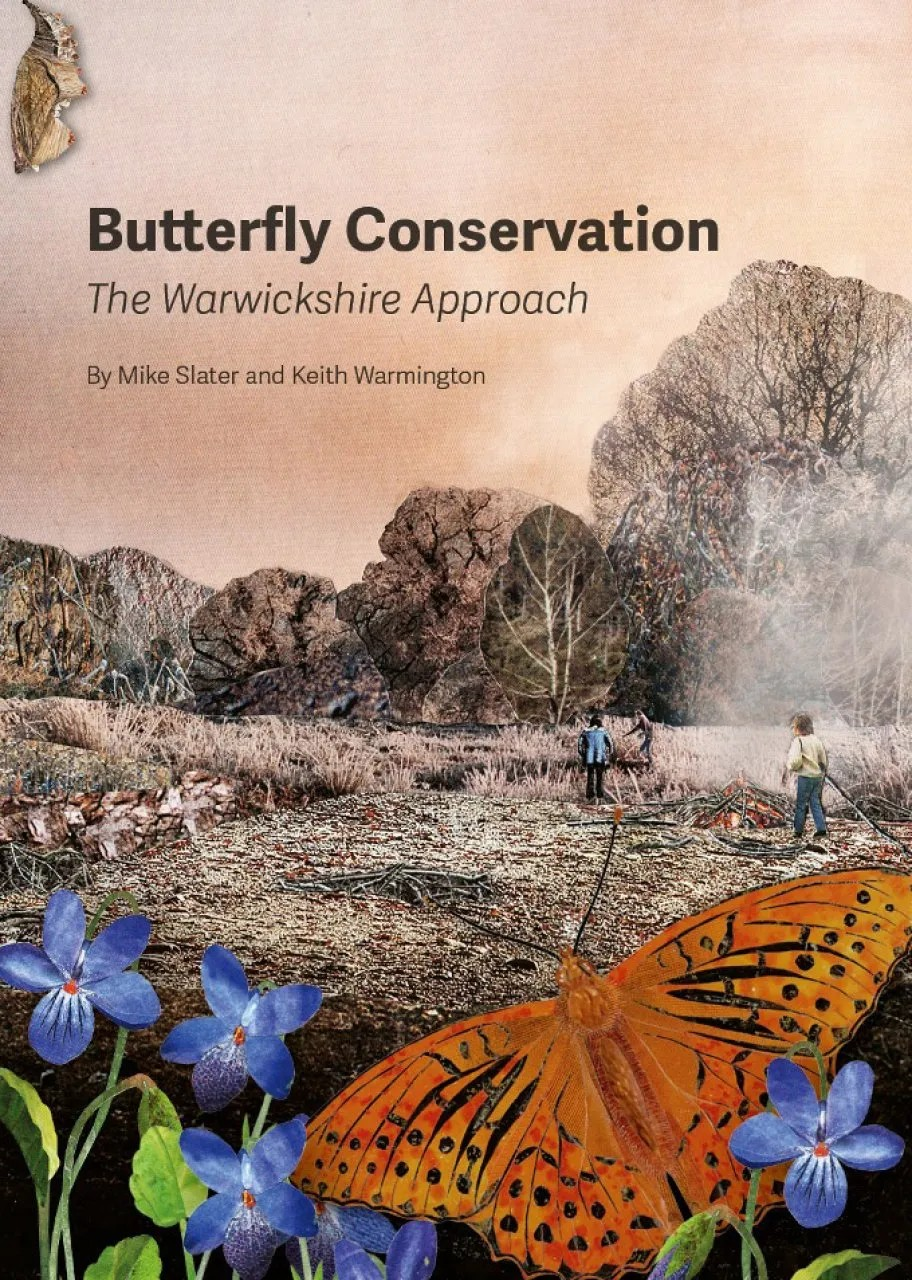
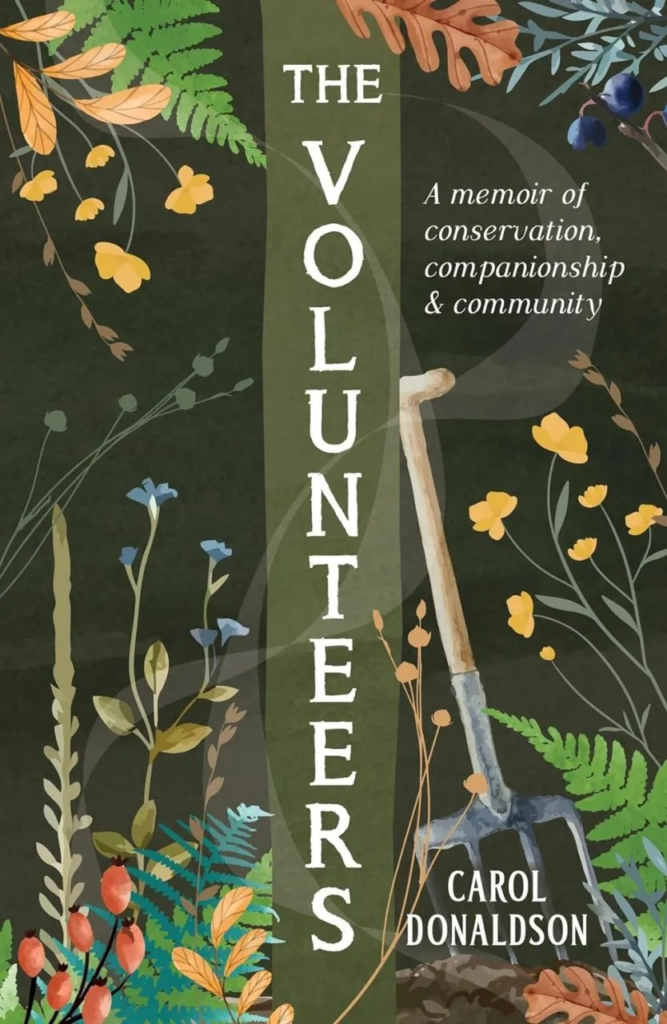
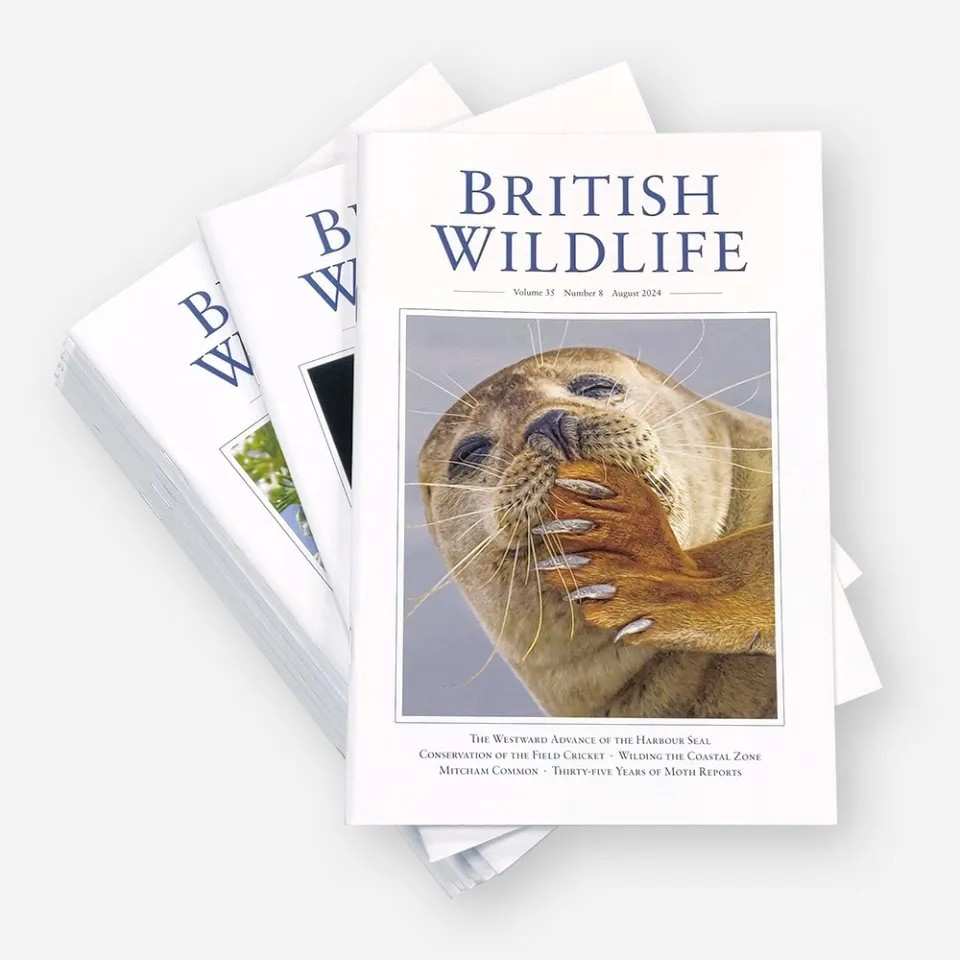
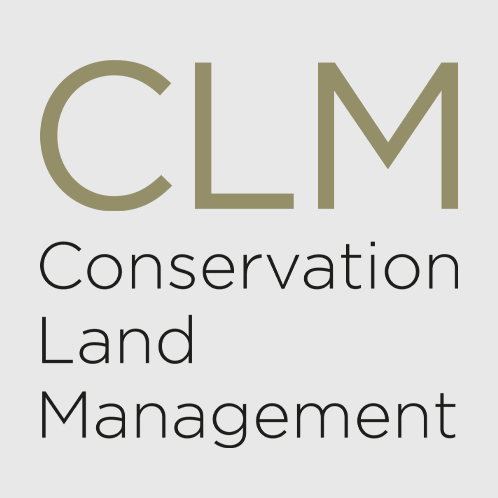
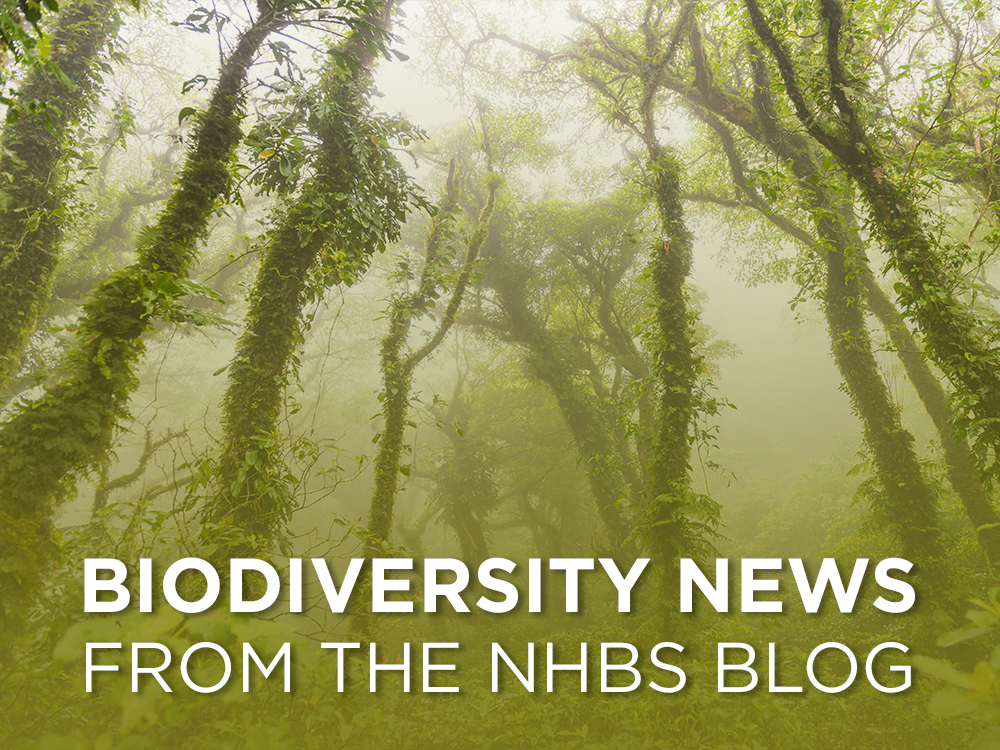
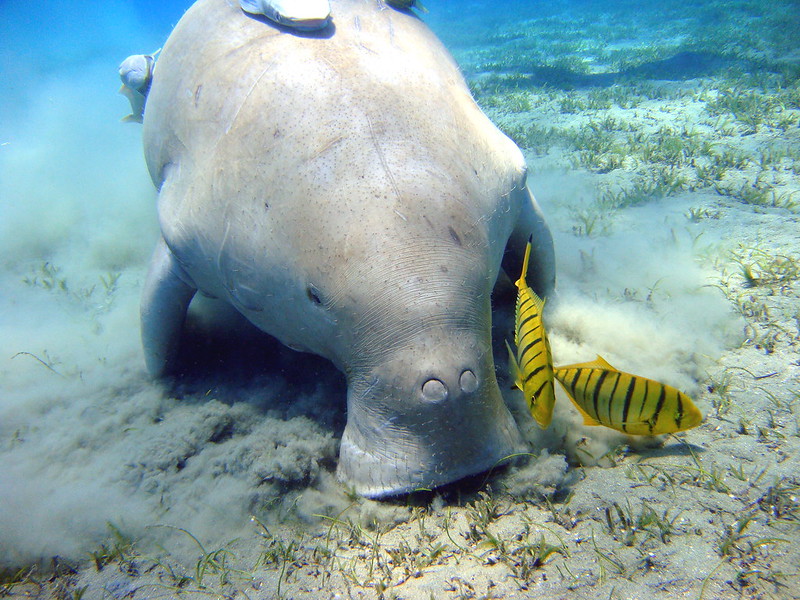
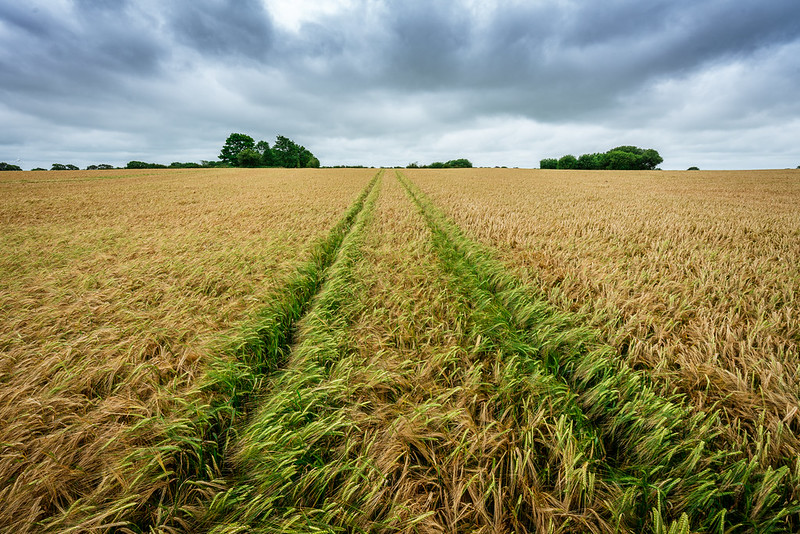
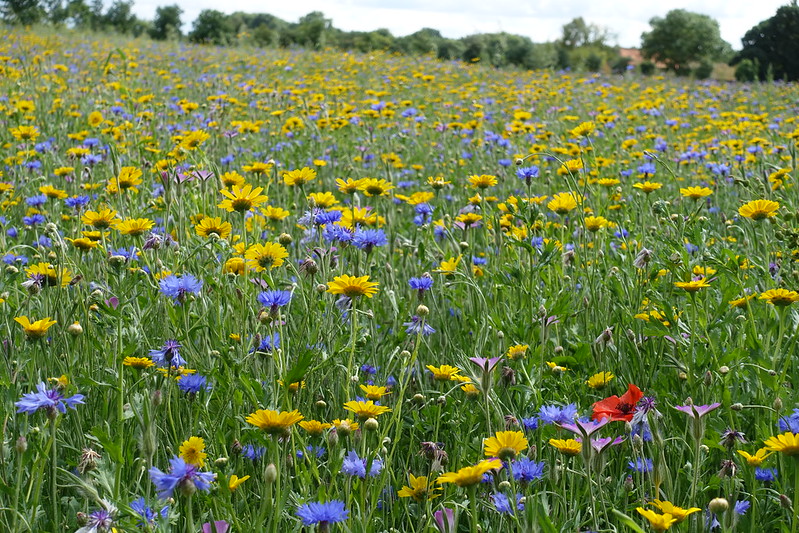
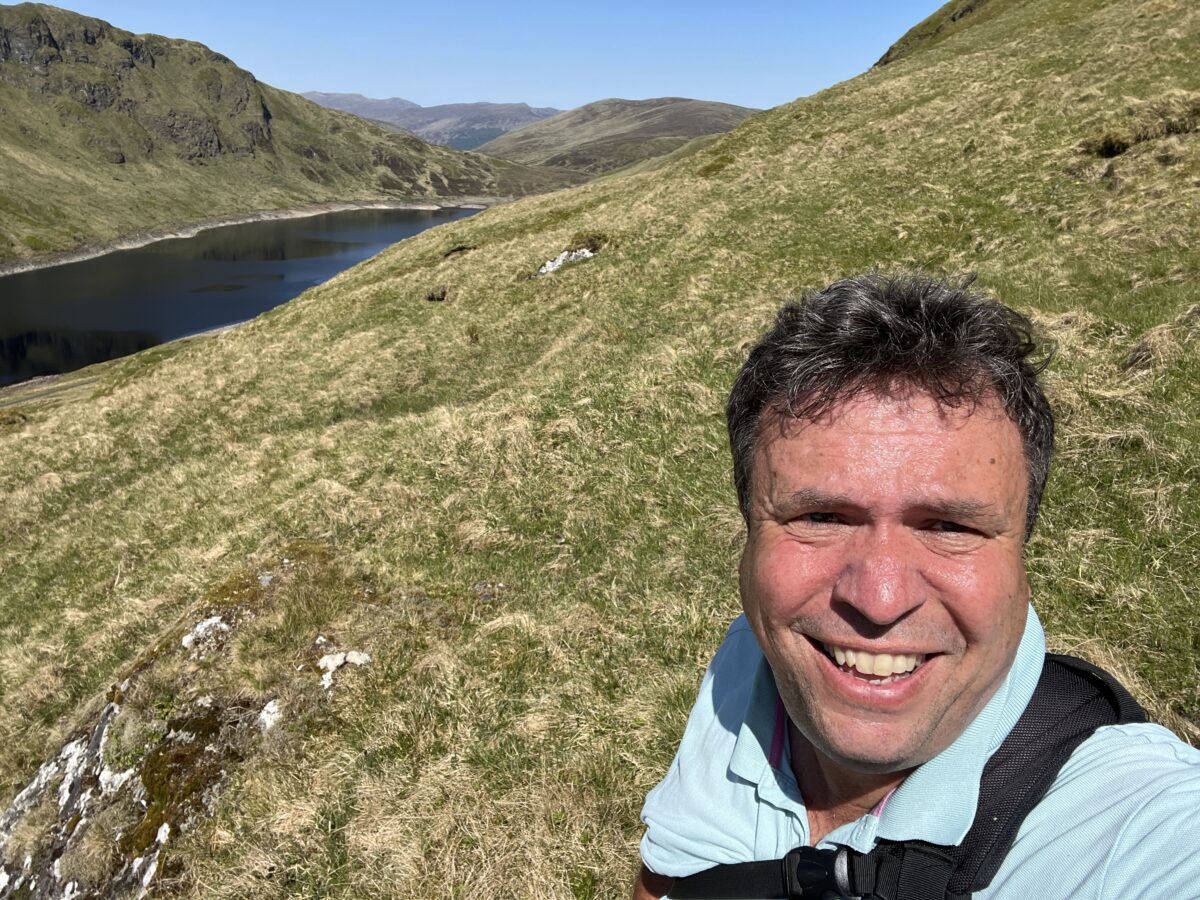


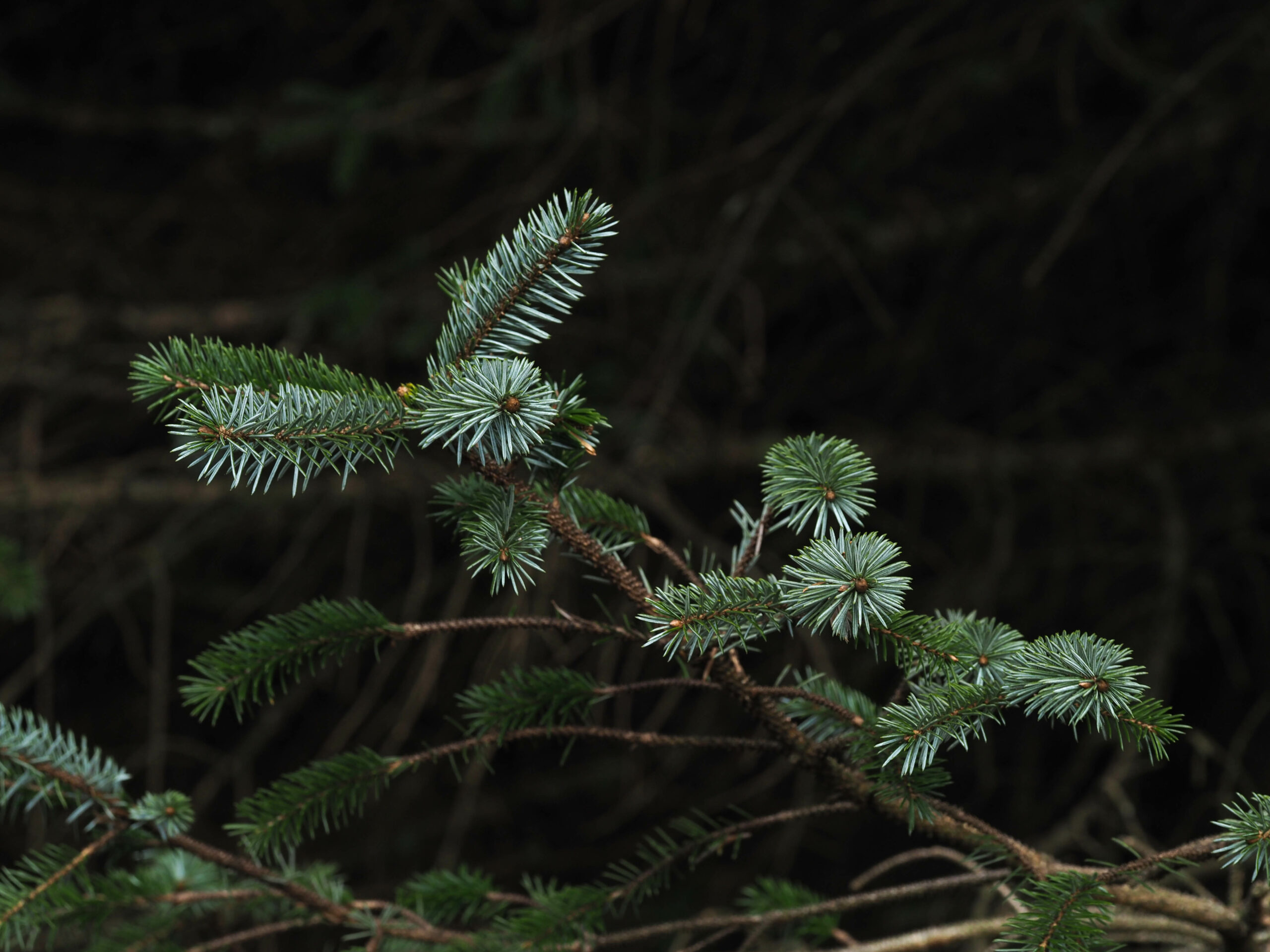
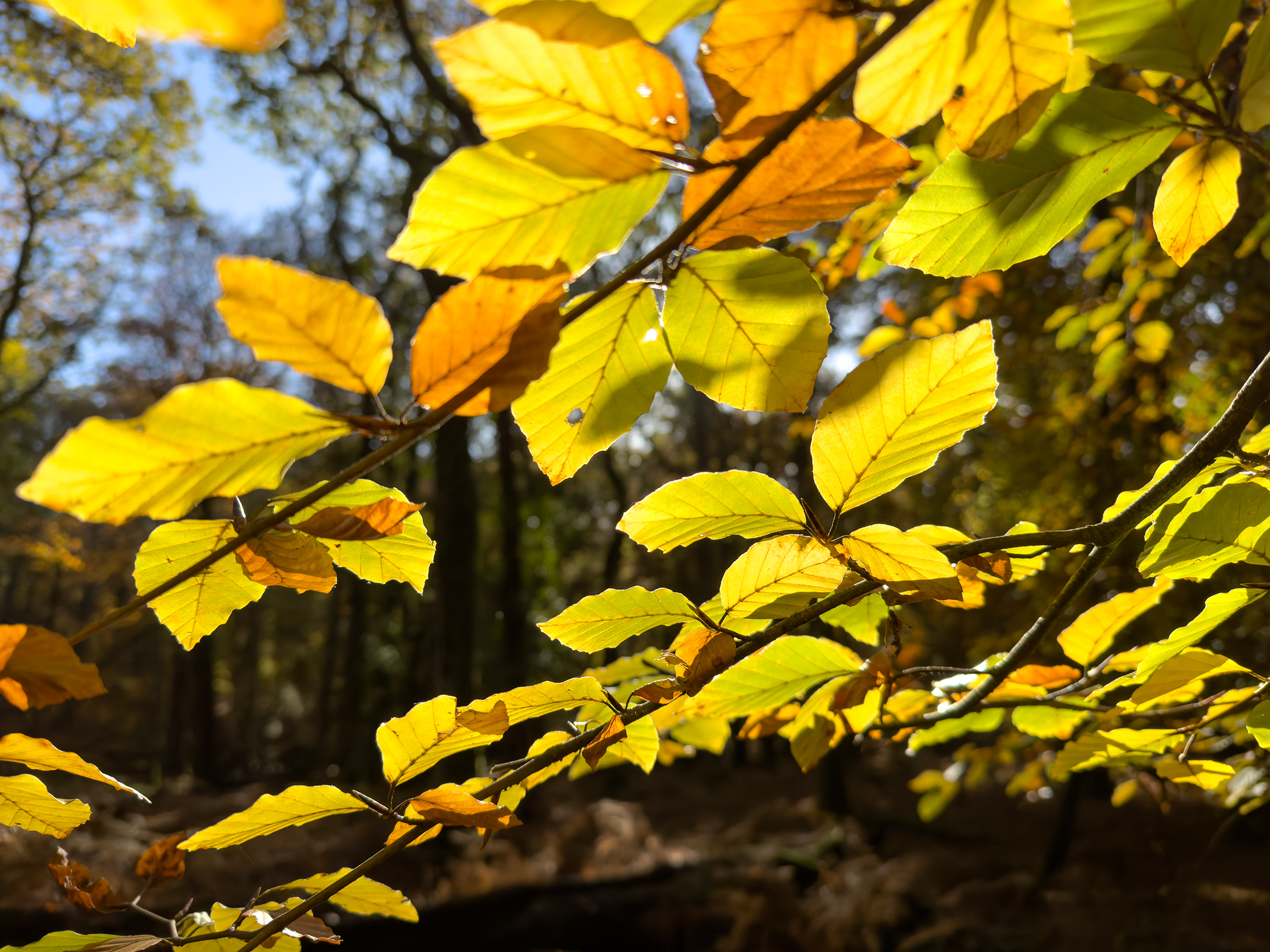
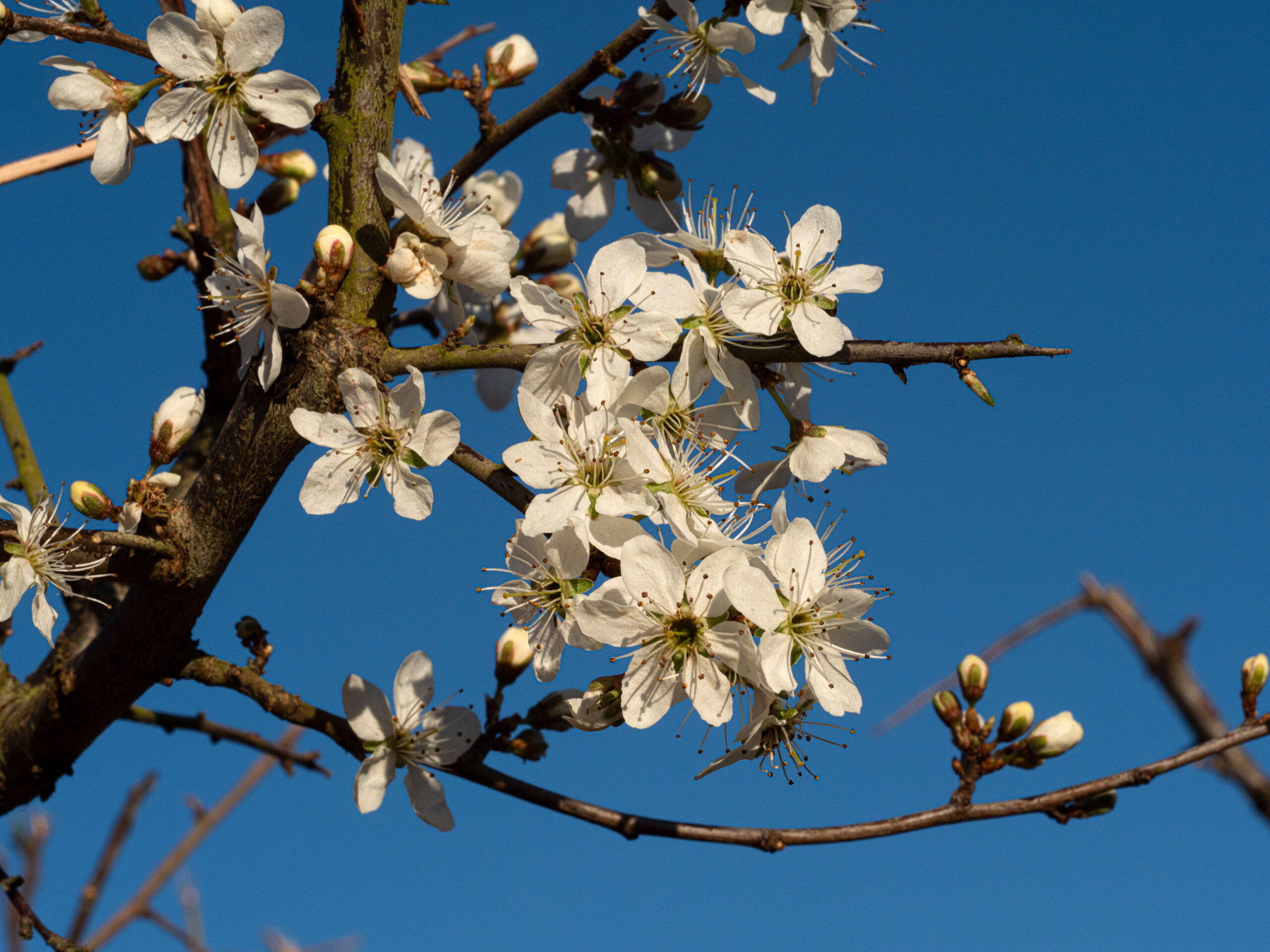
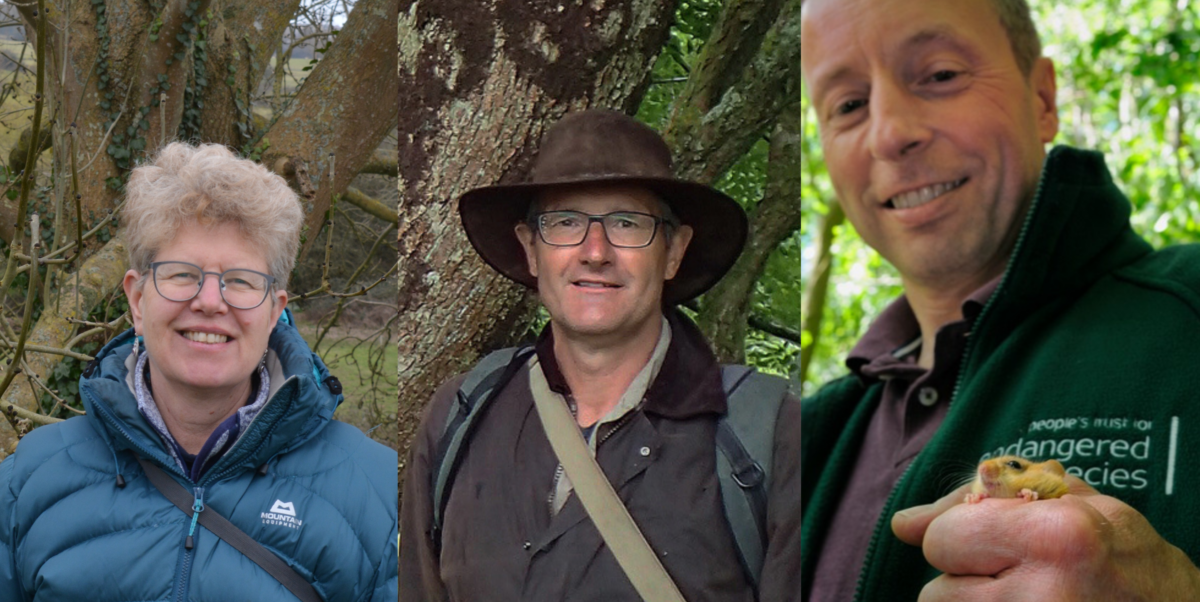
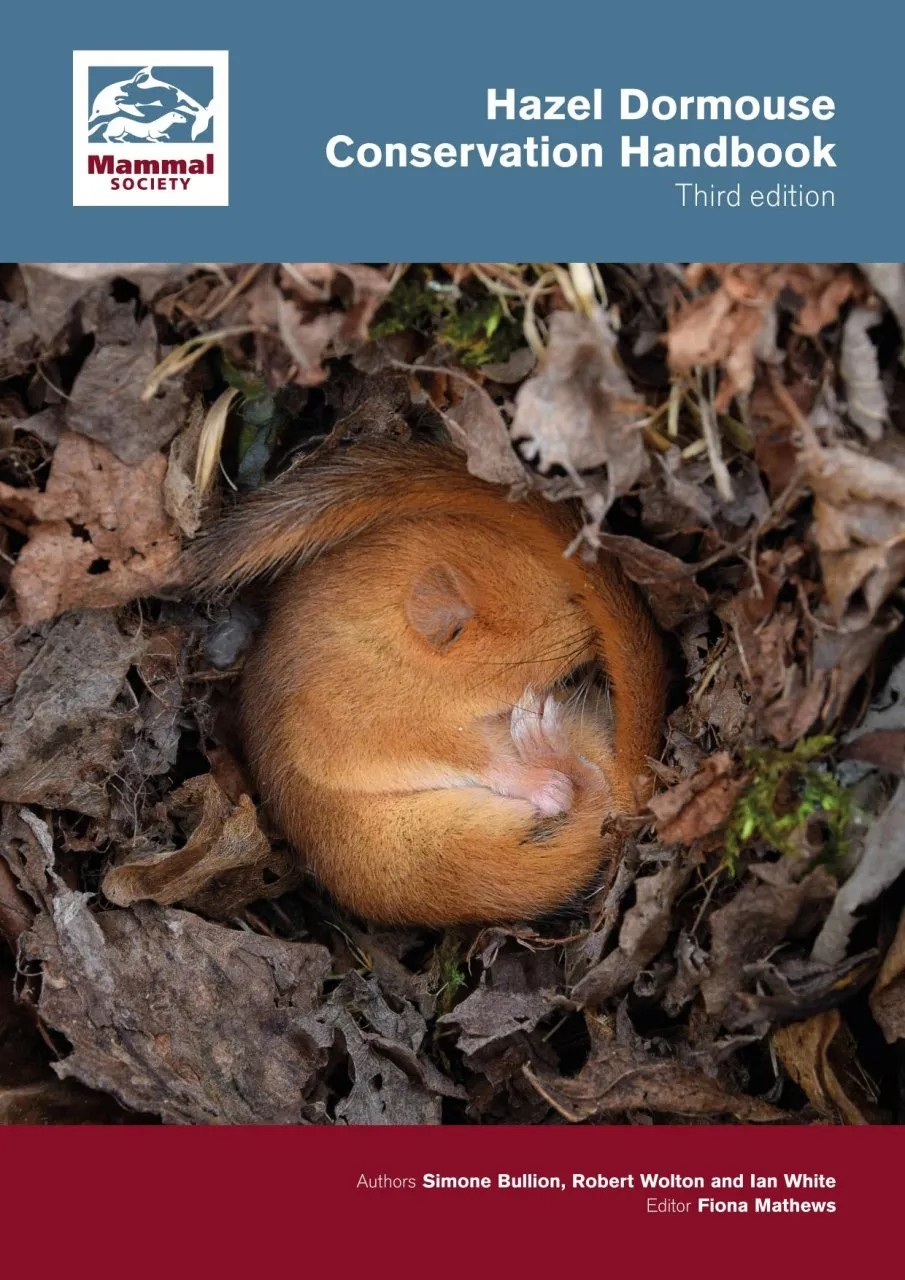
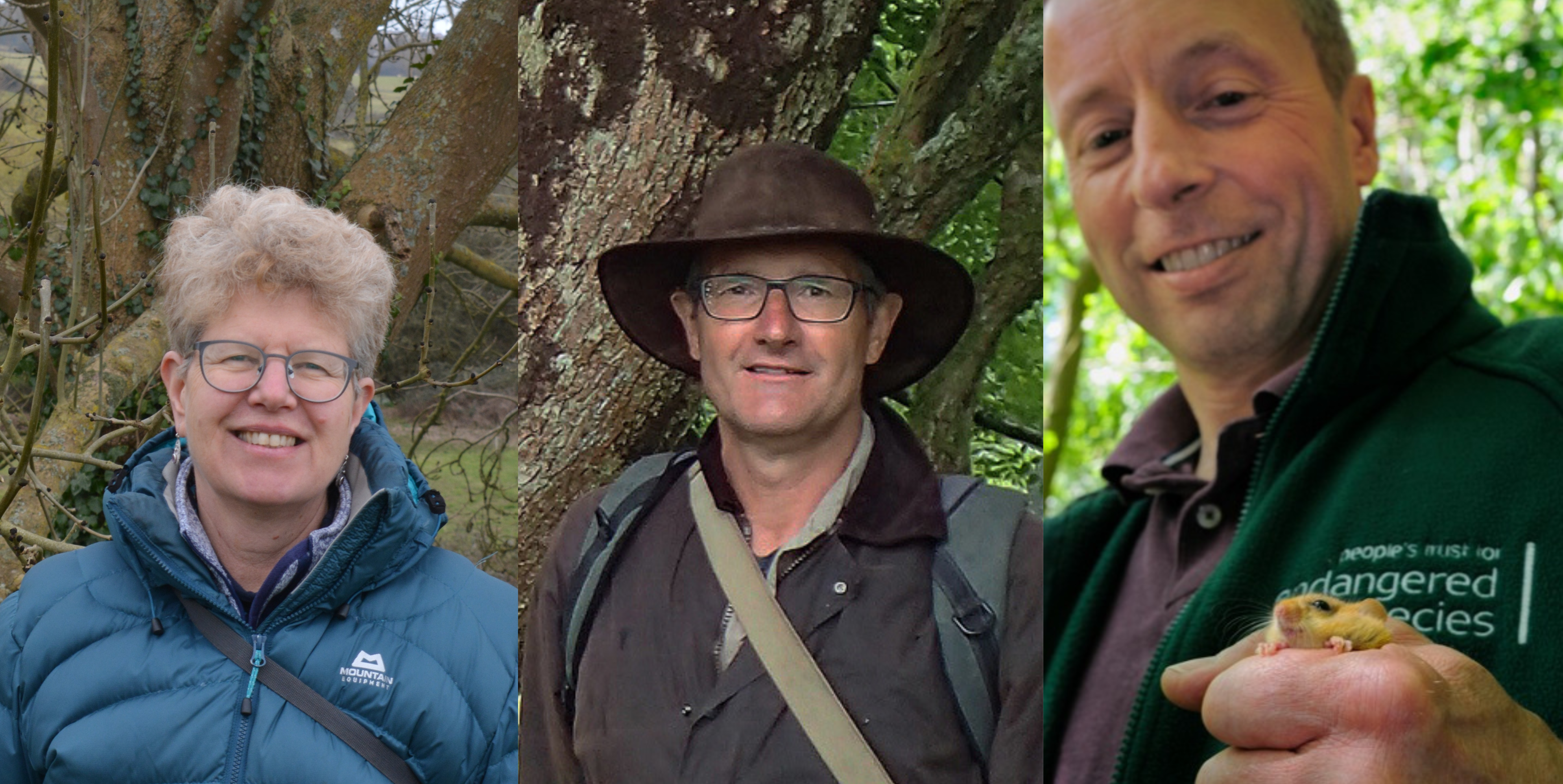
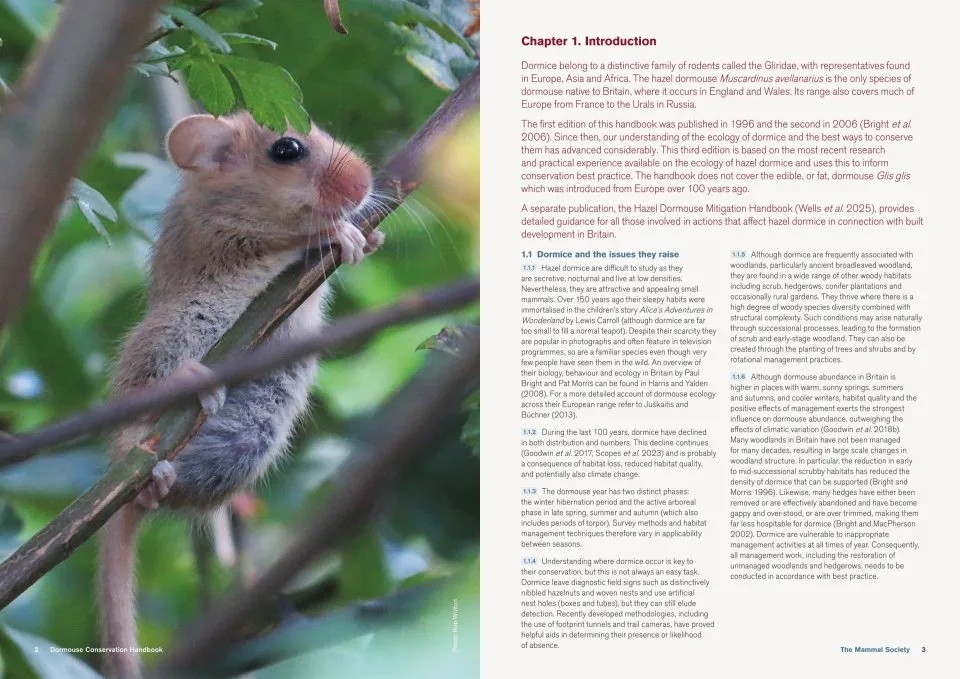
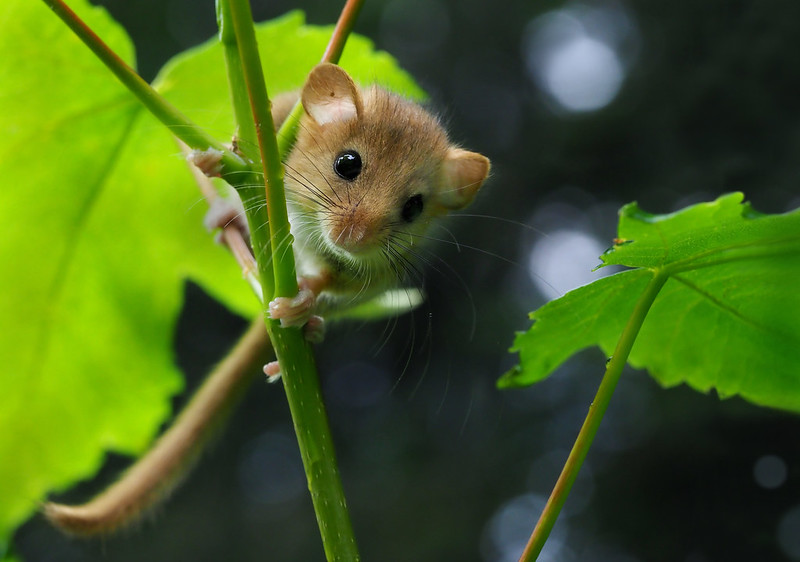

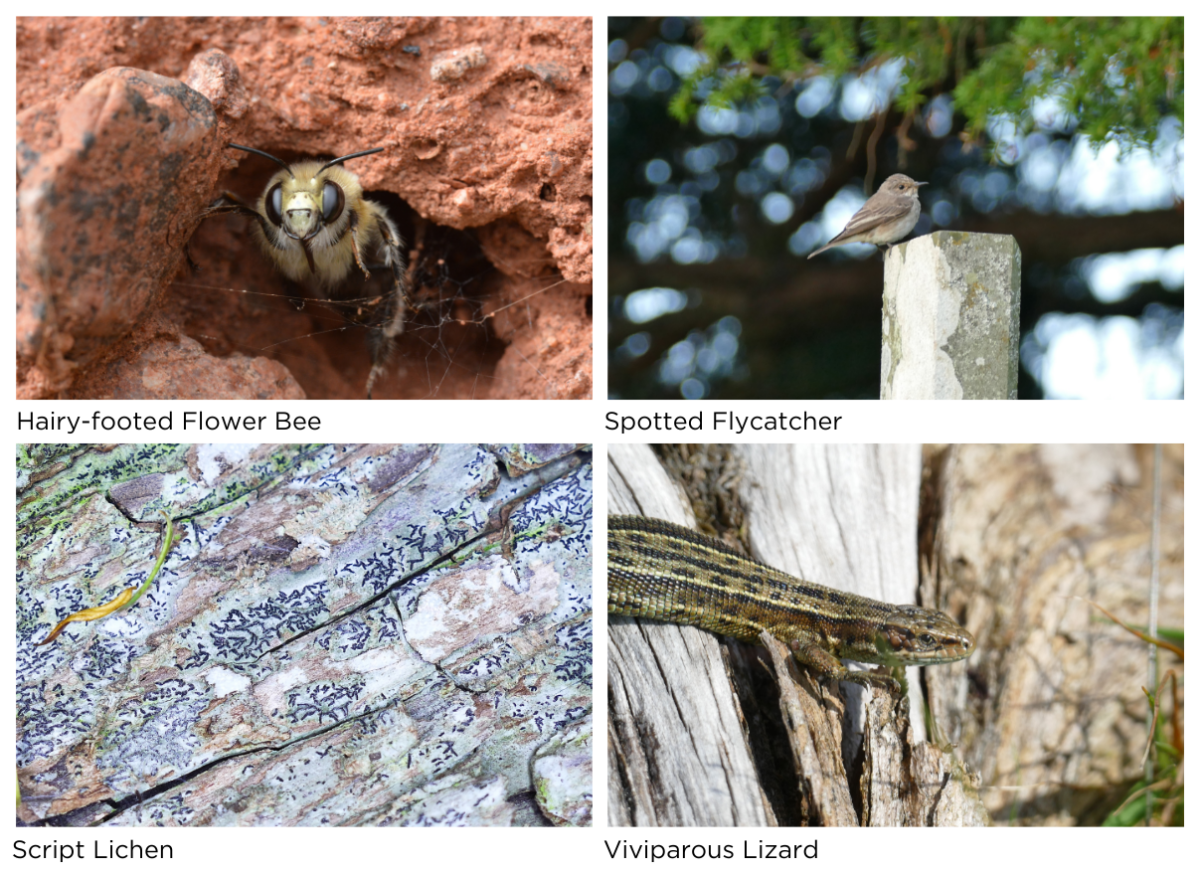
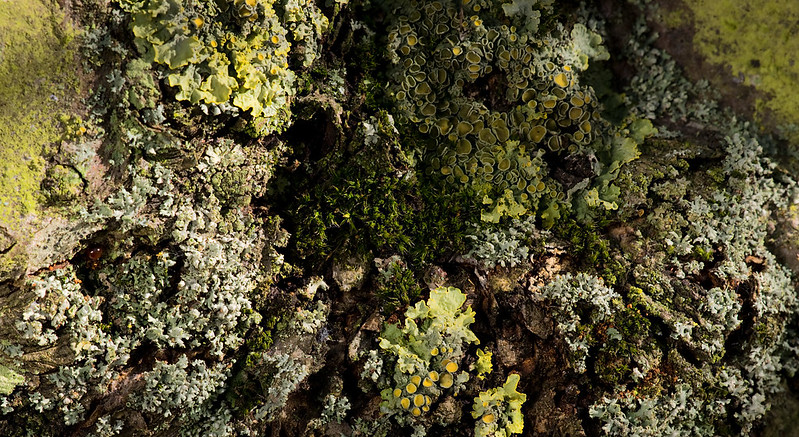
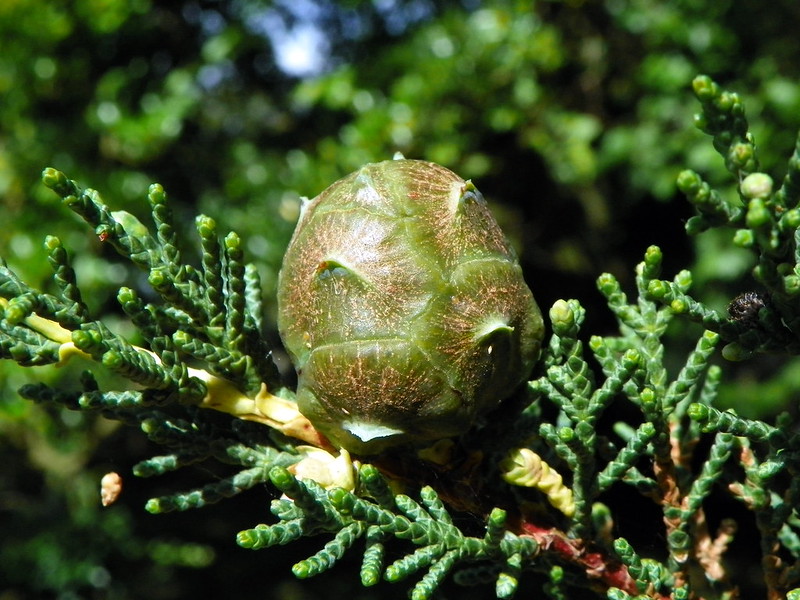
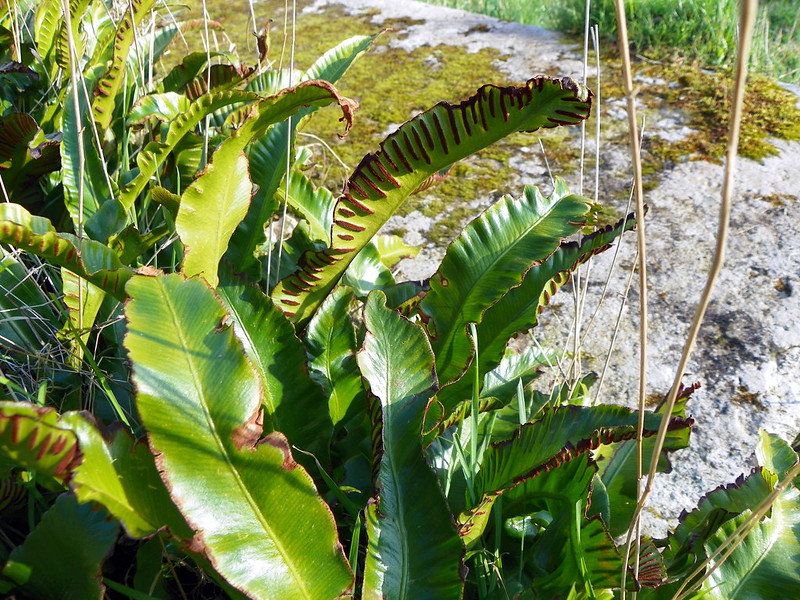
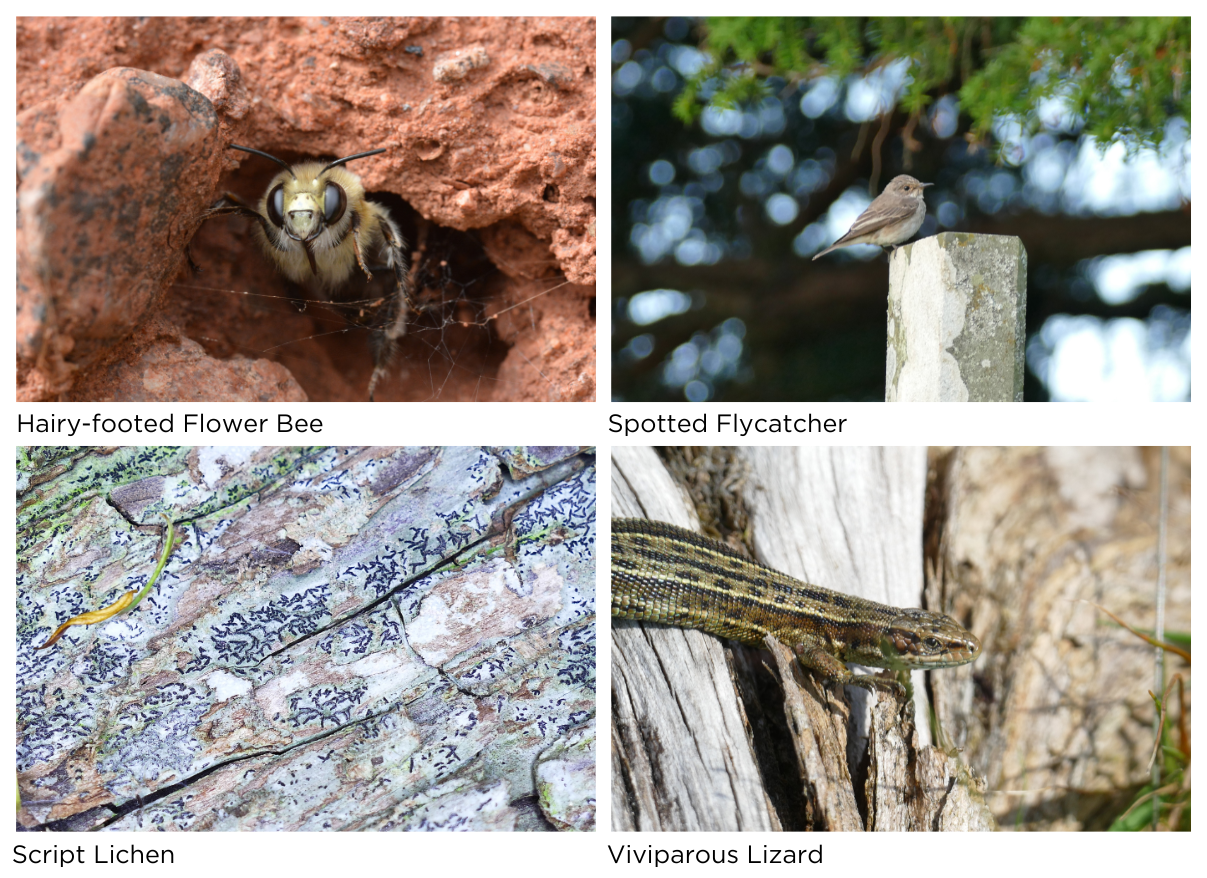
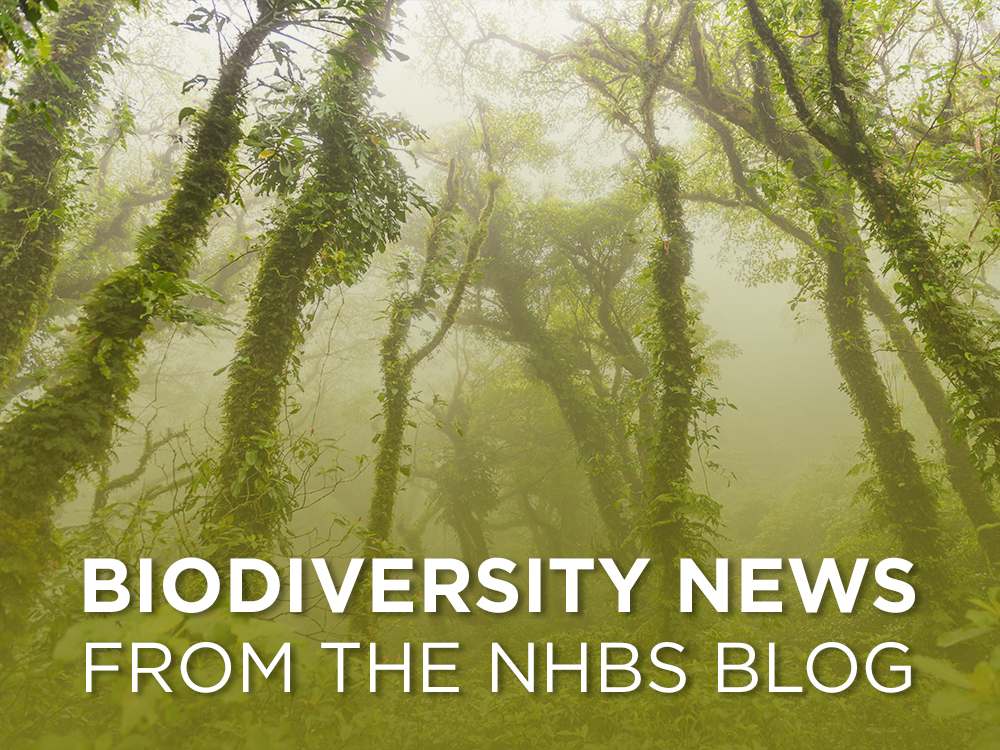
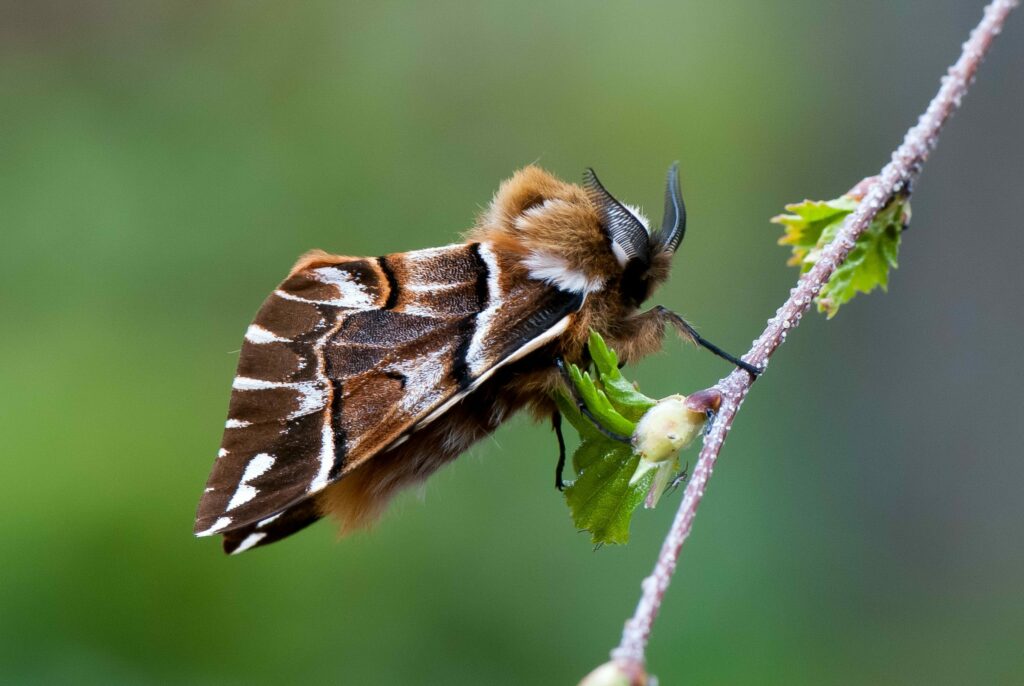
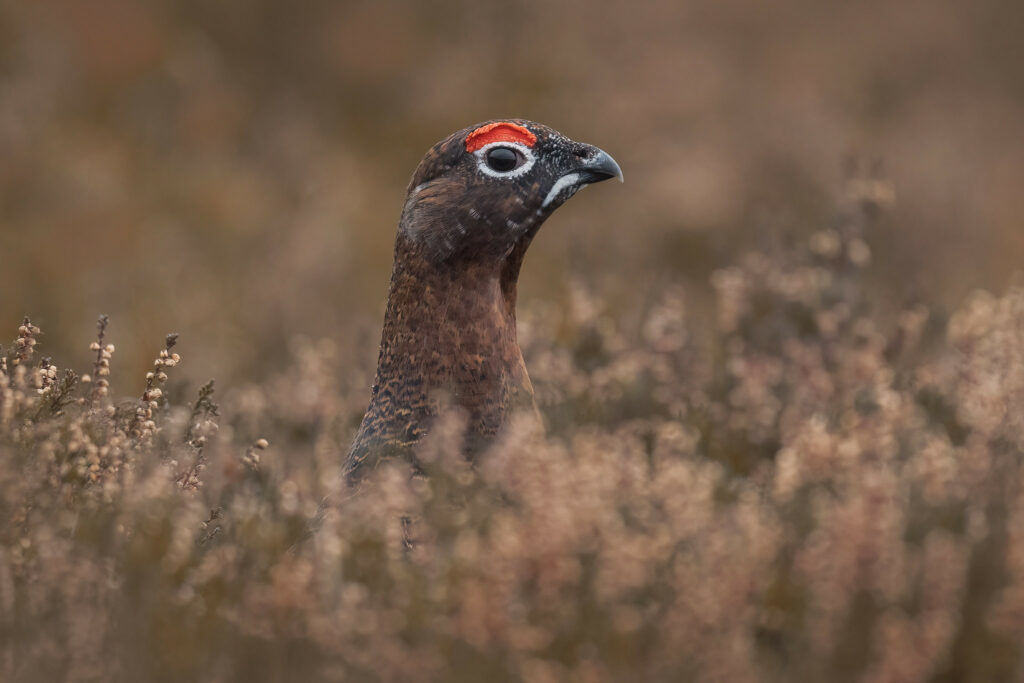
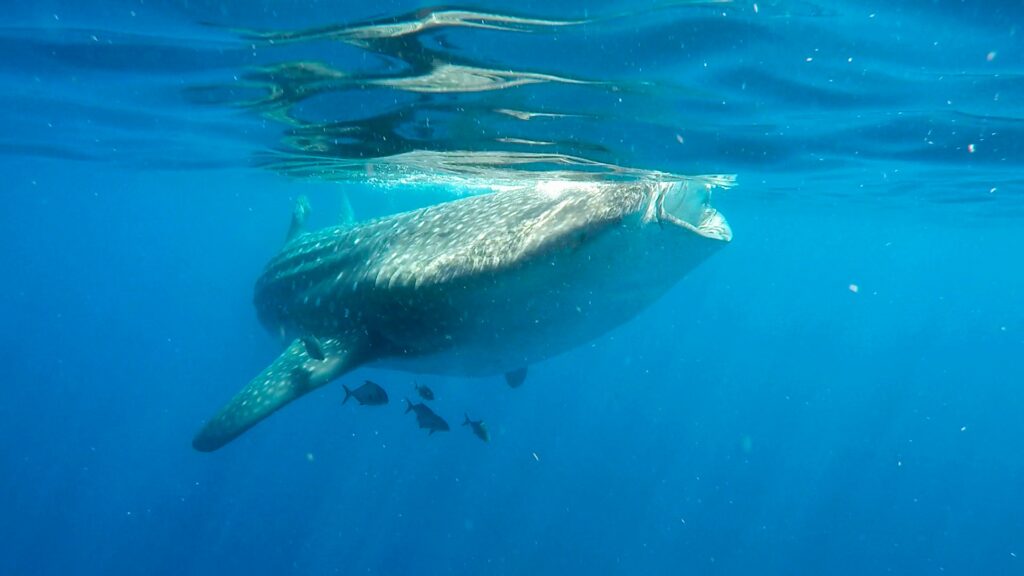

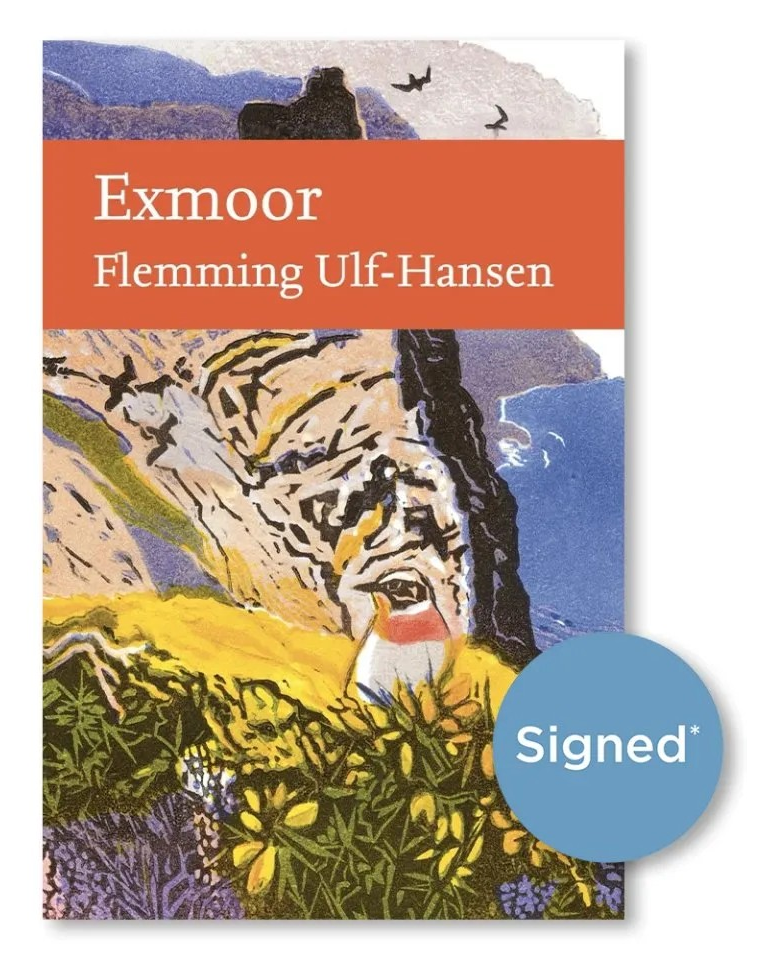
 Flemming Ulf-Hansen is an ecologist with nearly 37 years of experience working in wildlife conservation, primarily across Exmoor and Salisbury Plain. He is the founding chair of the Exmoor Mires Project and specializes in ecological restoration, with a host of expertise in grassland, woodland, and heathland management, as well as invasive species control. He joined the Nature Conservancy Council in 1988 and was awarded a Churchill Fellowship in 2010 to study habitat restoration.
Flemming Ulf-Hansen is an ecologist with nearly 37 years of experience working in wildlife conservation, primarily across Exmoor and Salisbury Plain. He is the founding chair of the Exmoor Mires Project and specializes in ecological restoration, with a host of expertise in grassland, woodland, and heathland management, as well as invasive species control. He joined the Nature Conservancy Council in 1988 and was awarded a Churchill Fellowship in 2010 to study habitat restoration.
